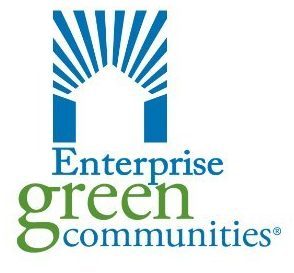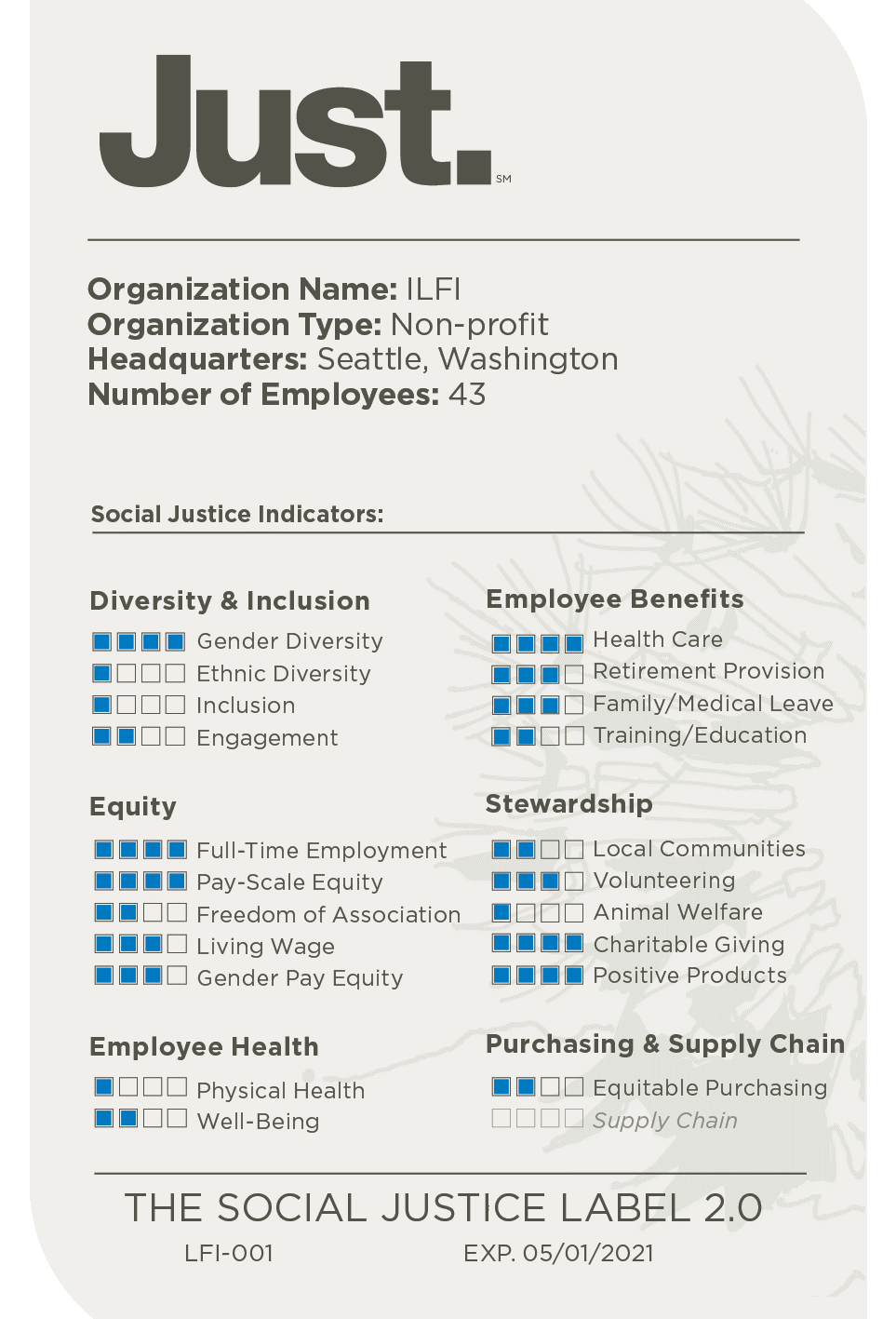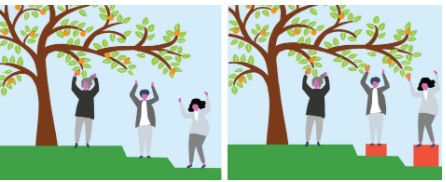To mark Women’s History Month, we wanted to get firsthand perspectives from women in the building industry. We invited Michelle DeCarlo of JB&B and Saeideh Kirby of JLL to join SWA’s Erin McElwee and Kelly Westby for a two-part episode tackling different topics—starting with gender equity.
In part one of their discussion, the group explores gender equity in male-dominated fields such as construction, HVAC, and engineering. They cover a range of topics, including microaggressions, implicit bias, authenticity in the workplace, and mentorship and sponsorship, and offer actionable takeaways for people of all gender identities to help advance gender equity across our industry.
We thank our guests for sharing their personal experiences!
Look out for part two of their discussion on balancing cost, conservation, and comfort in sustainable buildings.
Podcast: Play in new window | Download | Embed
Subscribe: Apple Podcasts | Spotify | Amazon Music | Pandora | More
(more…)


